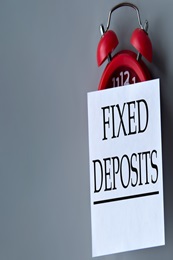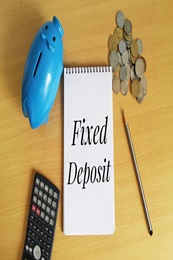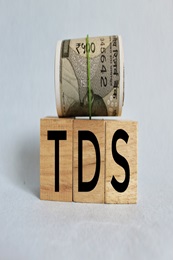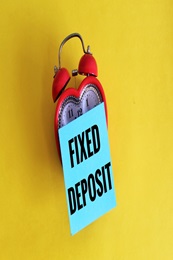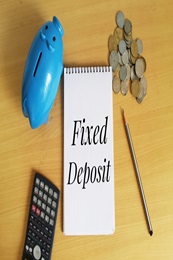Recurring Deposits: Why it Should Be a Part of Your Investment Portfolio
April 15, 2025
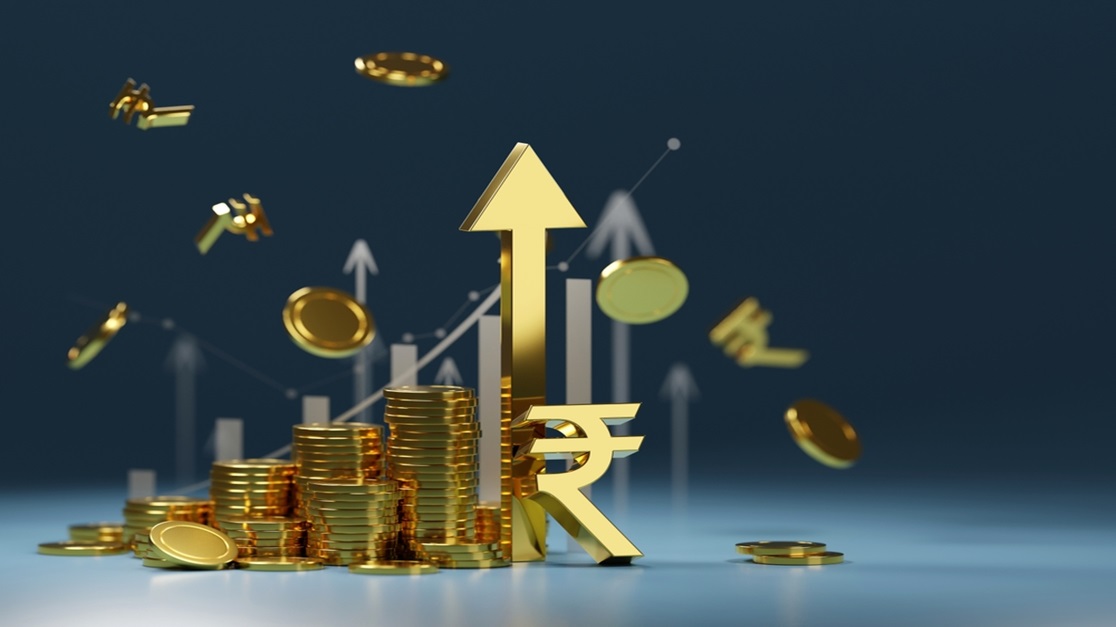
In today’s fast-paced financial world, it’s easy to get lost in the maze of investment options. From stocks to mutual funds, real estate to gold, each has its own set of advantages and risks. However, one tried-and-tested option that has stood the test of time is the Recurring Deposit (RD). If you’re looking for a stable, low-risk investment avenue with guaranteed returns, RDs can be an excellent choice to diversify and strengthen your investment strategy. In this blog, we’ll explore how to seamlessly integrate Recurring Deposits into your broader financial plan, along with answers to the most frequently asked questions.
What is a Recurring Deposit (RD)?
A Recurring Deposit is a popular fixed-income instrument offered by banks and financial institutions, allowing you to invest a fixed amount regularly (monthly) for a specific tenure. At the end of the tenure, you receive the principal along with interest accrued over the period. The fixed interest rate makes RDs a low-risk investment option for conservative investors looking for predictable returns.
Why Should You Consider Recurring Deposits in Your Investment Strategy?
Integrating RDs into your investment strategy can be highly beneficial. Here's why:
1. Stable and Guaranteed Returns
Unlike stocks or mutual funds, where returns can be volatile, Recurring Deposits offer a fixed rate of return throughout the tenure, making them a safe and predictable option for risk-averse investors.
2. Compulsory Saving Mechanism
The mandatory monthly contribution to an RD instills a disciplined saving habit. It forces you to save regularly, which is especially helpful for those who tend to spend more than they save.
3. Diversification
If you already have investments in riskier assets like stocks or mutual funds, RDs can balance out the risk. Since RDs are not affected by market volatility, they provide stability to your portfolio.
4. Flexibility
RDs offer flexibility in terms of tenure, which can range from 6 months to 10 years. This makes it easier for investors to match the investment with their financial goals and timelines.
5. Safe for Beginners
If you're new to investing and don’t want to dive into high-risk markets just yet, RDs are an excellent starting point. They provide an entry-level investment with a predictable outcome.
How to Integrate Recurring Deposits into Your Investment Strategy?
1. Assess Your Financial Goals
Before integrating RDs into your strategy, it’s important to evaluate your financial goals. Are you saving for a short-term goal like a vacation or a long-term goal like retirement? Recurring Deposits can be a great way to achieve both, but your approach will differ. For short-term goals, choose shorter tenures; for long-term goals, go for longer tenures with higher contributions.
2. Determine the Right Amount to Invest
To integrate RDs effectively, it’s crucial to decide how much of your monthly budget you can allocate towards them. A good rule of thumb is to invest at least 10-20% of your monthly income into RDs, especially if you have other high-risk investments.
3. Spread Your Investments Across Tenures
Don’t put all your funds into RDs with the same maturity date. By spreading your RDs across different tenures, you can ensure liquidity at regular intervals. This strategy can help manage cash flow while maximizing returns.
4. Consider Combining with Other Low-Risk Instruments
While RDs offer security, it’s still beneficial to balance them with other low-risk instruments such as Fixed Deposits (FDs) or Public Provident Fund (PPF). This combination ensures both liquidity and higher returns over time.
5. Monitor and Adjust Your RDs
As your financial situation changes, so should your investment strategy. If your income increases, you can increase your RD contribution to take advantage of compounding returns. Conversely, if you face a cash crunch, you can adjust or pause your contributions.
Benefits of Adding Recurring Deposits to Your Portfolio
- Capital Preservation: You’re assured of getting back at least the amount you invested along with the promised interest.
- Reduced Risk Exposure: RDs are unaffected by market fluctuations, unlike equity-based investments.
- Easy Accessibility: RDs are offered by almost all banks and financial institutions, making them accessible to anyone.
Final Thoughts
Incorporating Recurring Deposits into your investment strategy can significantly enhance your financial stability. Whether you’re a seasoned investor or a beginner, RDs offer a unique combination of safety, discipline, and fixed returns that make them an excellent option for conservative investors. By integrating RDs with your other investment options, you can build a well-rounded and secure portfolio that meets your long-term and short-term financial goals.
Start small, dream big! Invest in Ujjivan Small Finance Bank’s Recurring Deposit and enjoy higher interest rates! Save for your long- and short-term goals with our RD and live a stress-free financial life. Start investing with just ₹100!
FAQs
1. What is the minimum amount required to open a Recurring Deposit?
With Ujjivan, you can open an RD with a minimum deposit of ₹100.
2. Are Recurring Deposits risk-free?
Yes, RDs are considered low-risk as they offer fixed returns and are not impacted by market fluctuations. Additionally, investments up to ₹5 lakh is insured under DICGC per depositor, per account.
3. Can I prematurely close my Recurring Deposit?
Yes, you can close your RD before maturity, but you may incur a penalty and receive a reduced interest rate.
4. Are the interest earnings from Recurring Deposits taxable?
Yes, the interest earned on RDs is taxable as per your income tax slab.
5. What happens if I miss a monthly deposit?
If you miss a payment, you would lose out on the interest. Also, multiple missed payments can lead to account deactivation or closure. Link your RD to your savings account to avoid missed payments.
Latest Blogs

Telangana Housing Board & KPHB Colony: A Guide to Affordable Urban Housing in Hyderabad
March 14, 2025
As Telangana continues its rapid urbanisation journey, two key housing entities—Telangana Housing Board (THB) and Kukatpally Housing Board Colony (KPHB)—have played critical roles in shaping the state's real estate ecosystem.

Does Checking CIBIL Score Frequently Lower Your Credit Points?
April 07, 2025
Imagine you're planning to apply for a home loan, a credit card, or even a car loan. Naturally, you want to ensure your CIBIL score is in good shape before proceeding.

Explained: Can NRIs Buy an Agricultural Land in India?
April 03, 2025
Real estate investment is often a top priority for Non-Resident Indians (NRIs) looking to retain strong financial ties to India.
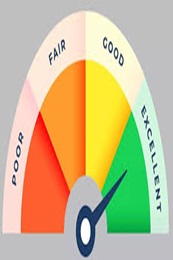
How to Improve Your CIBIL Score from 600 to 750: A Step-by-Step Guide
April 02, 2025
Your CIBIL score is like your financial reputation—banks check it before approving loans or credit cards. If your score is hovering around 600, you might face difficulties in securing credit or may get loans with higher interest rates.

What Happens When You Leave Your Savings Account Unused?
April 01, 2025
Imagine waking up one day to find that your hard-earned money is locked away and inaccessible. Sounds stressful, right? This is precisely what happens when you leave your Savings Account inactive for too long.

